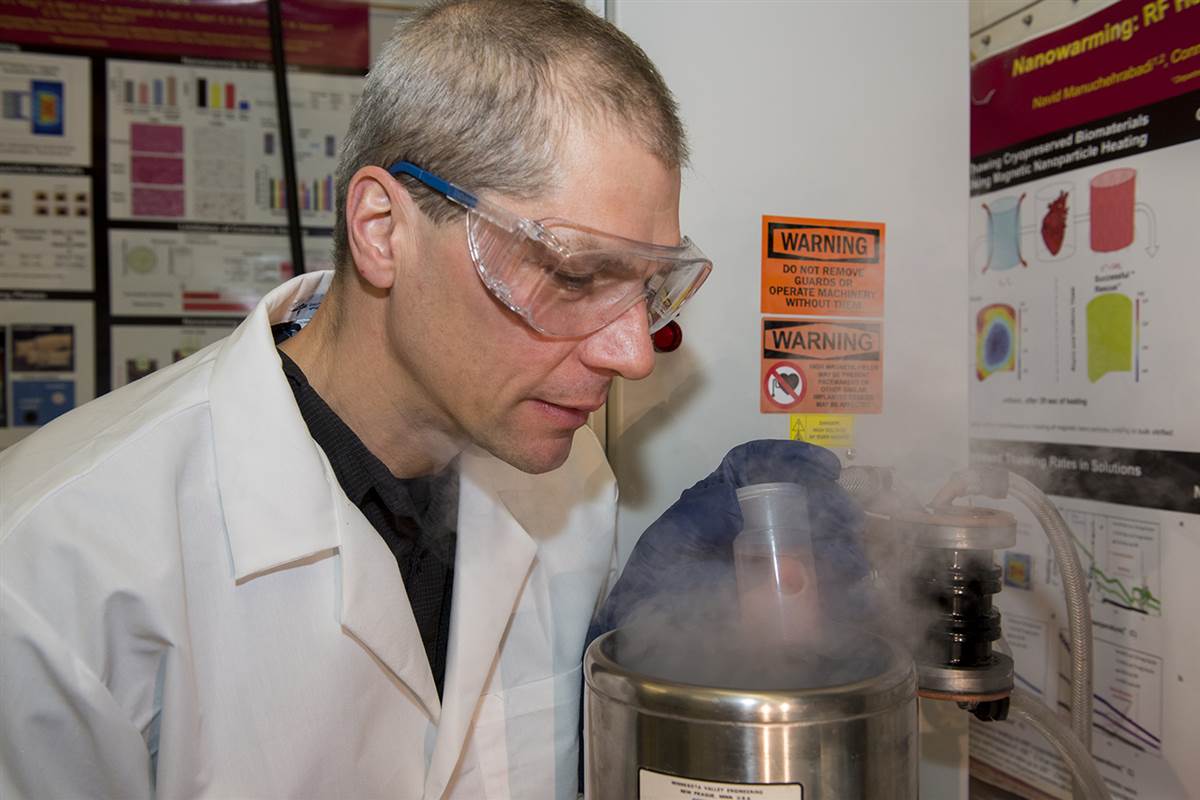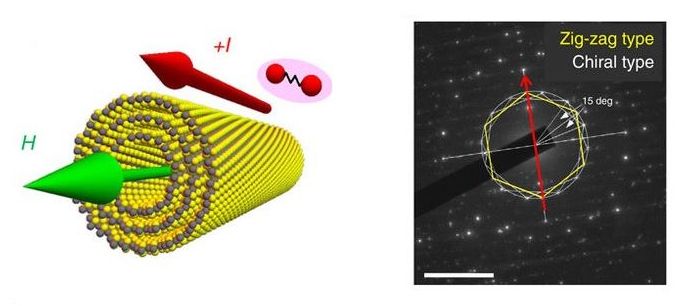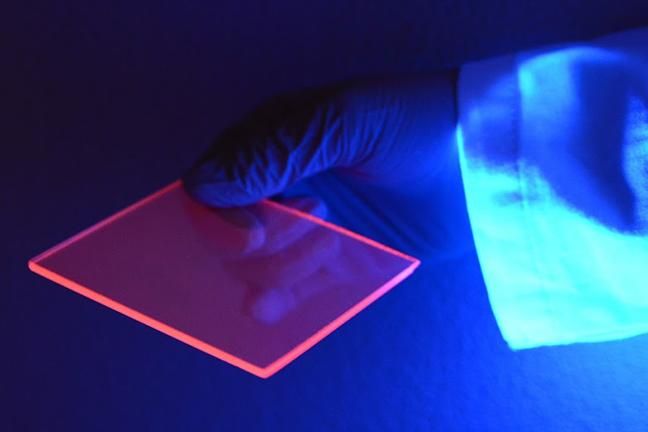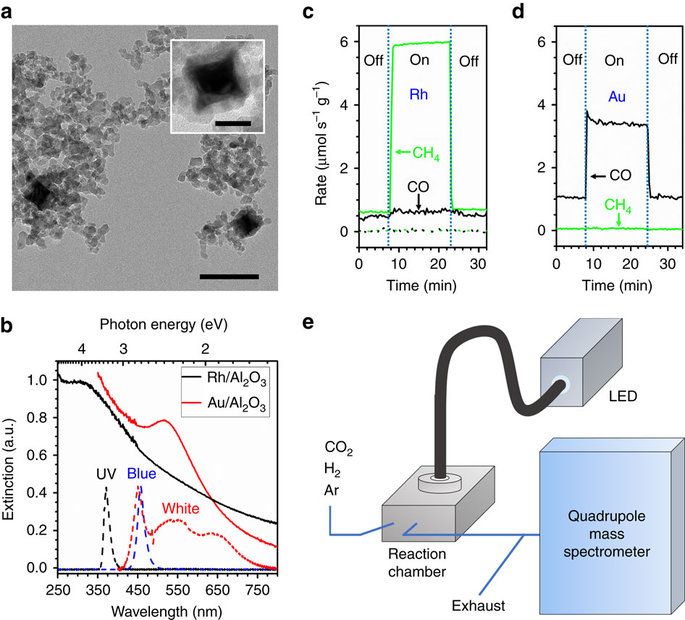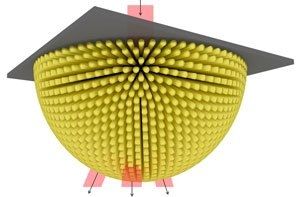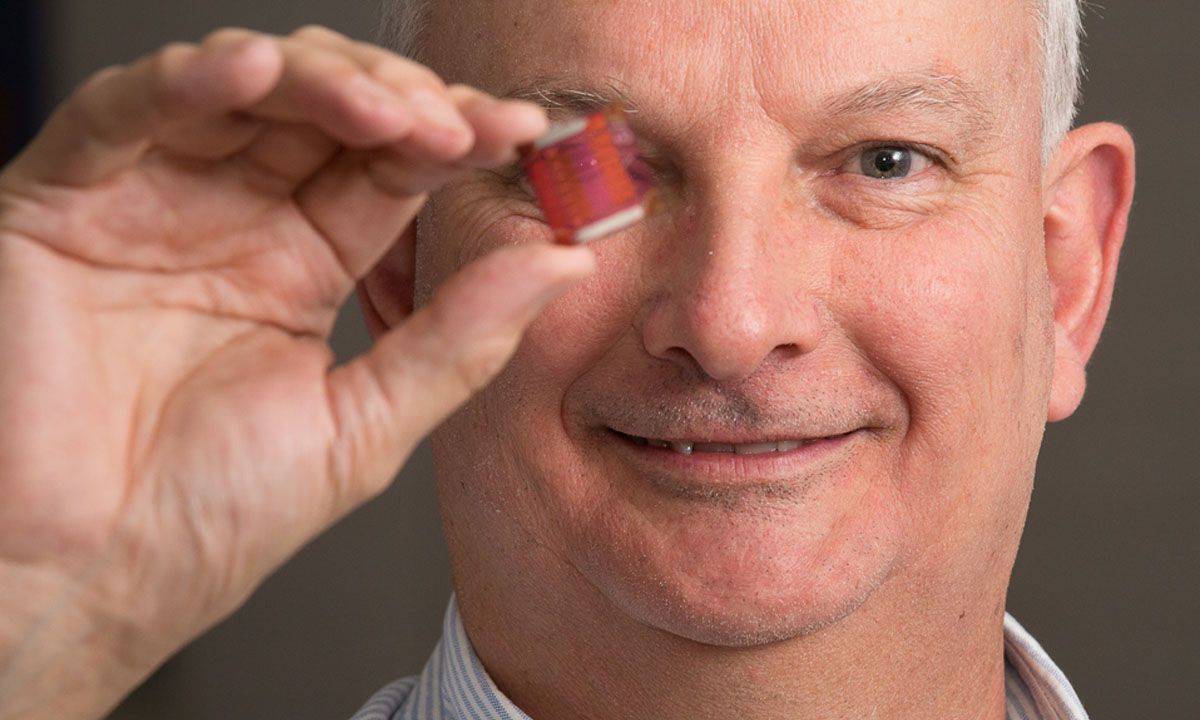Frozen organs could be brought back to life safely one day with the aid of nanotechnology, a new study finds. The development could help make donated organs available for virtually everyone who needs them in the future, the researchers say.
The number of donated organs that could be transplanted into patients could increase greatly if there were a way to freeze and reheat organs without damaging the cells within them.
In the new work, scientists developed a way to safely thaw frozen tissues with the aid of nanoparticles — particles only nanometers or billionths of a meter wide. (In comparison, the average human hair is about 100,000 nanometers wide.)
